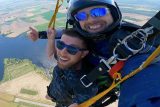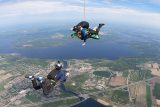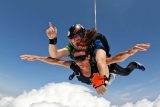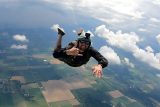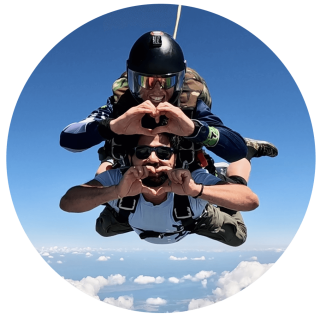What’s an AAD and Why It Matters?
DZ News
Posted by: Parachute Ottawa
2 years ago
When you think of skydiving equipment, there’s a good chance you picture the round, jellyfish parachutes of yore. This style of equipment has been made famous by logos, insignias, and popular culture, and is still the most recognizable symbol of skydiving despite not having been used in decades.

Like all technology, skydiving equipment has evolved leaps and bounds since the sport’s inception. Jumping out of an airplane is no longer the roll of the dice people imagine it to be. This is largely thanks to advancements in the technology we use in our equipment. From the shoes we wear on our feet to the parachutes that fly over our heads, the gear we bring along with us on every jump would be totally foreign to those brave souls who pioneered our sport.
Perhaps the most significant advancement in skydiving equipment came in the form of a tiny computer called an Automatic Activation Device, or AAD. This little accessory is a nifty backup device that is only used when completely necessary, and it has saved its fair share of lives.
Science!
Extreme sports aren’t typically associated with studious types, but you’d be surprised by how many of us are all-in, fanatical nerds! We’ll go to any lengths to understand science as long as it means it’ll make us better skydivers.
Luckily for us, some of the best geeks in history were passionate enough about skydiving to invent some of the coolest life-saving equipment. There’s a whole lot of science stuffed into the tiny package of an AAD, but it’s fairly simple to understand.
The computer that’s contained inside every AAD uses barometric pressure measurements to figure out a skydiver’s altitude and rate of descent. This allows the AAD to know when a skydiver is moving too fast, too low to the ground. Settings on the computer determine what speed/altitude combination triggers an automatic activation of the reserve parachute.
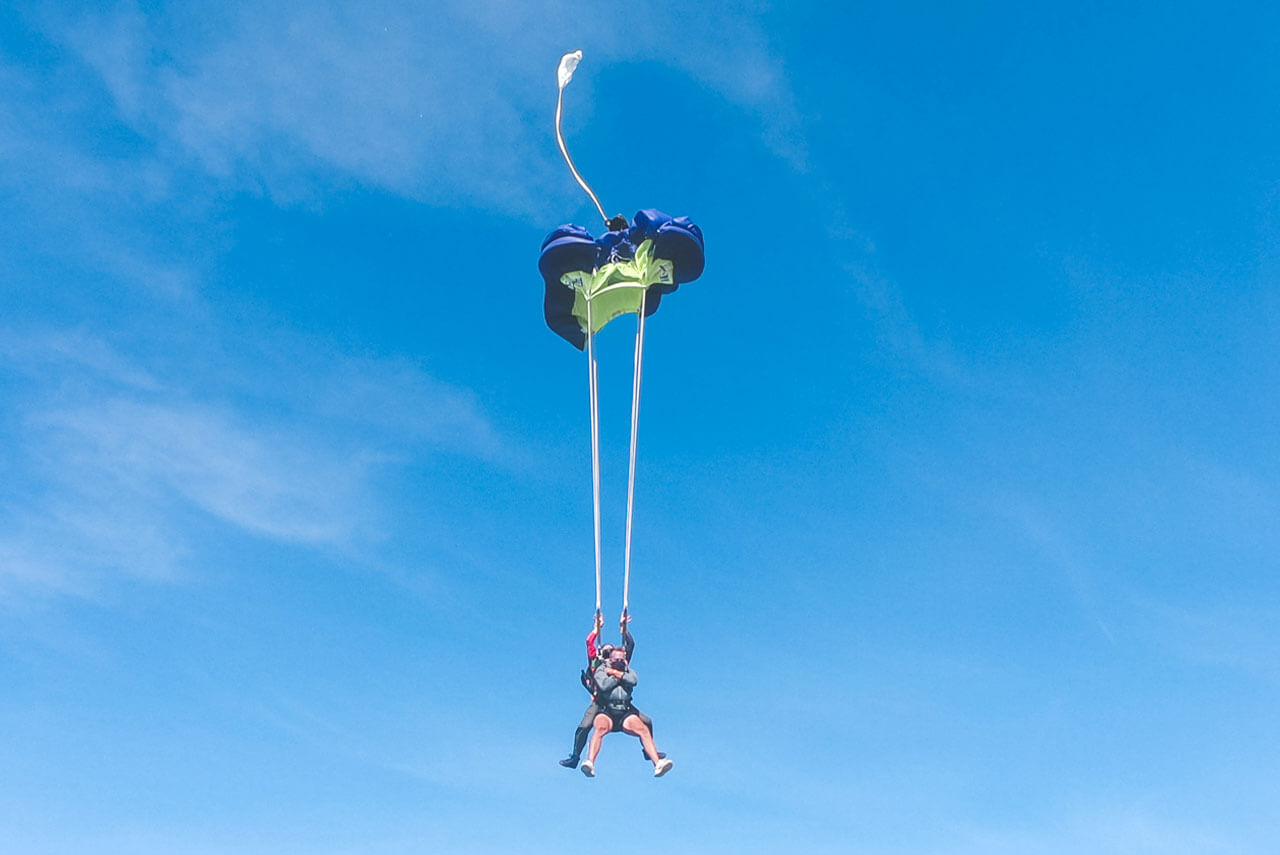
If the AAD senses that a skydiver is moving too fast at a dangerously low altitude, it will set off a chain of events that will quickly deploy the reserve parachute and allow for a survivable landing.
The Parts
Processing Unit
The brains of the operation. The processing unit is where all of the measurements, calculations, and decisions happen. It does its work from deep inside the reserve parachute tray and is hidden from view when the reserve is fully packed.
Control Unit
This part is all about the glamour. The control unit is the only part of the AAD that is visible when everything is put together, and allows the user to power the device on and off, change settings, and view data.
Cutter
You could say this part is the brawn. When the processing unit decides it’s time to save a life, the cutter makes it happen. The cutter is placed over the bit of material that holds the reserve parachute in (called the closing loop) and when activated, a small charge fires a blade straight through that material. This severs the loop and allows the reserve parachute to deploy, clear of any entanglements. But like a bee sting, this little blade is a one-and-done implement. Once the cutter is used, it has to be replaced in order to ensure it’s nice and sharp for the next time it’s (hopefully not) needed.
Emergency Prep
Whether they’re a PFF student or a seasoned instructor, every skydiver has to go through rigorous training to be able to react to emergency situations. The best way to walk away from a sticky situation is to be prepared to handle it.
Skydiving emergencies can range from a mild issue that is easily solved, to a malfunction requiring a cutaway. Each and every skydiver is well prepared to react to any problem that may arise at any point in a skydive. But relying on human ability alone is never the best plan. That’s why skydiving equipment is loaded with backups and redundancies.
Having safety measures built into our gear adds an extra layer of protection should our preparation fail us in the moment of truth. Though it is extremely unlikely, there are a couple of reasons a skydiver may fail to get a parachute over their head in time. Maybe a medical emergency caused them to lose consciousness. Or maybe they just needed a little bit of extra help with a malfunction that’s already taking place.
That’s where the AAD comes in. The automatic activation device is a great safety net to have if you’re looking at the only other option being landing without a parachute. If our training, preparation, mental faculties, and physical abilities fail us, the AAD will be there to catch us in our fall.
AADs at Parachute Ottawa
All skydivers at Parachute Ottawa, regardless of CoP level, must jump with an AAD. Gear we provide to our tandem students and PFF students, as well as our rental gear, is kitted out with a CYPRES AAD. Requiring all skydivers to jump with an AAD means that in the incredibly unlikely event of needing to use it, we’ll still be around to jump another day.
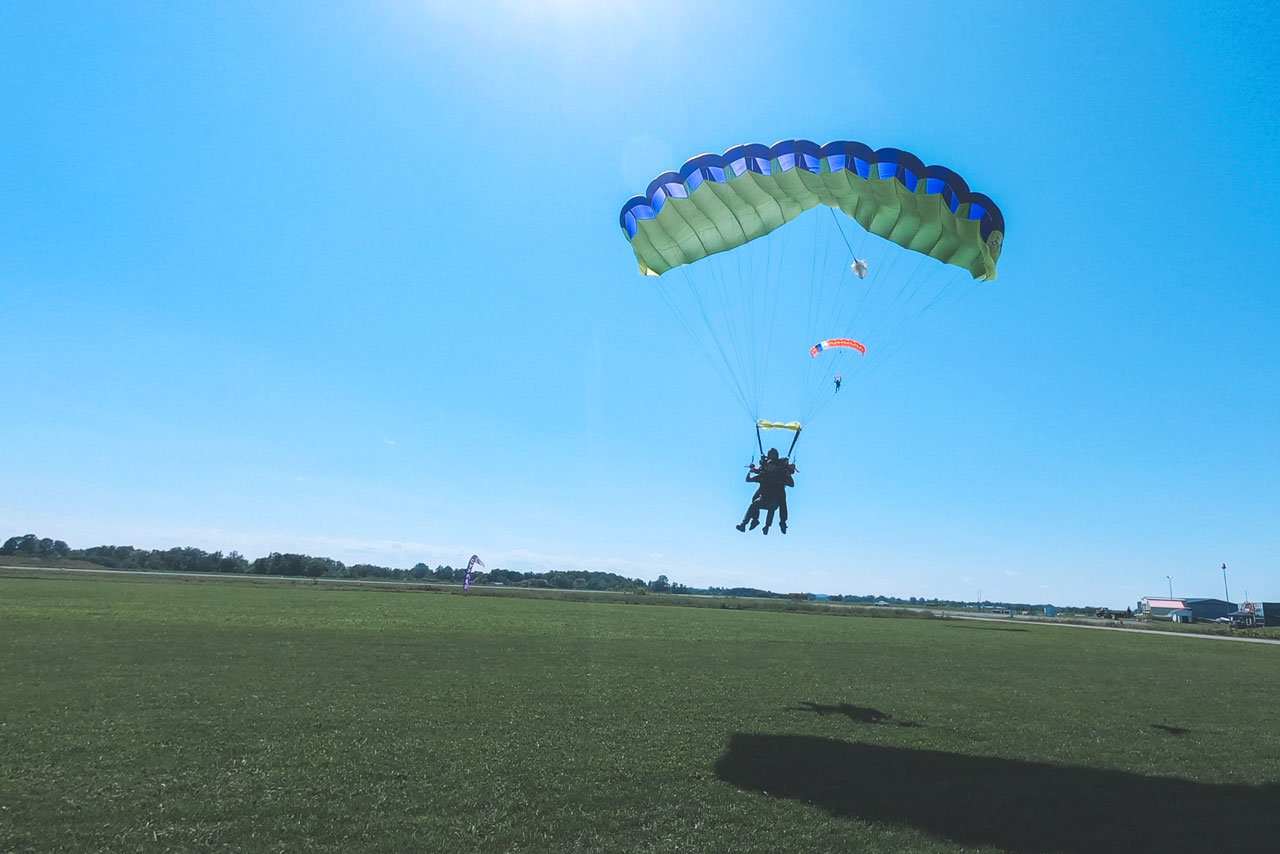
Ready to dive into the robust world of skydiving gear? Click here and book today! Blue skies!
